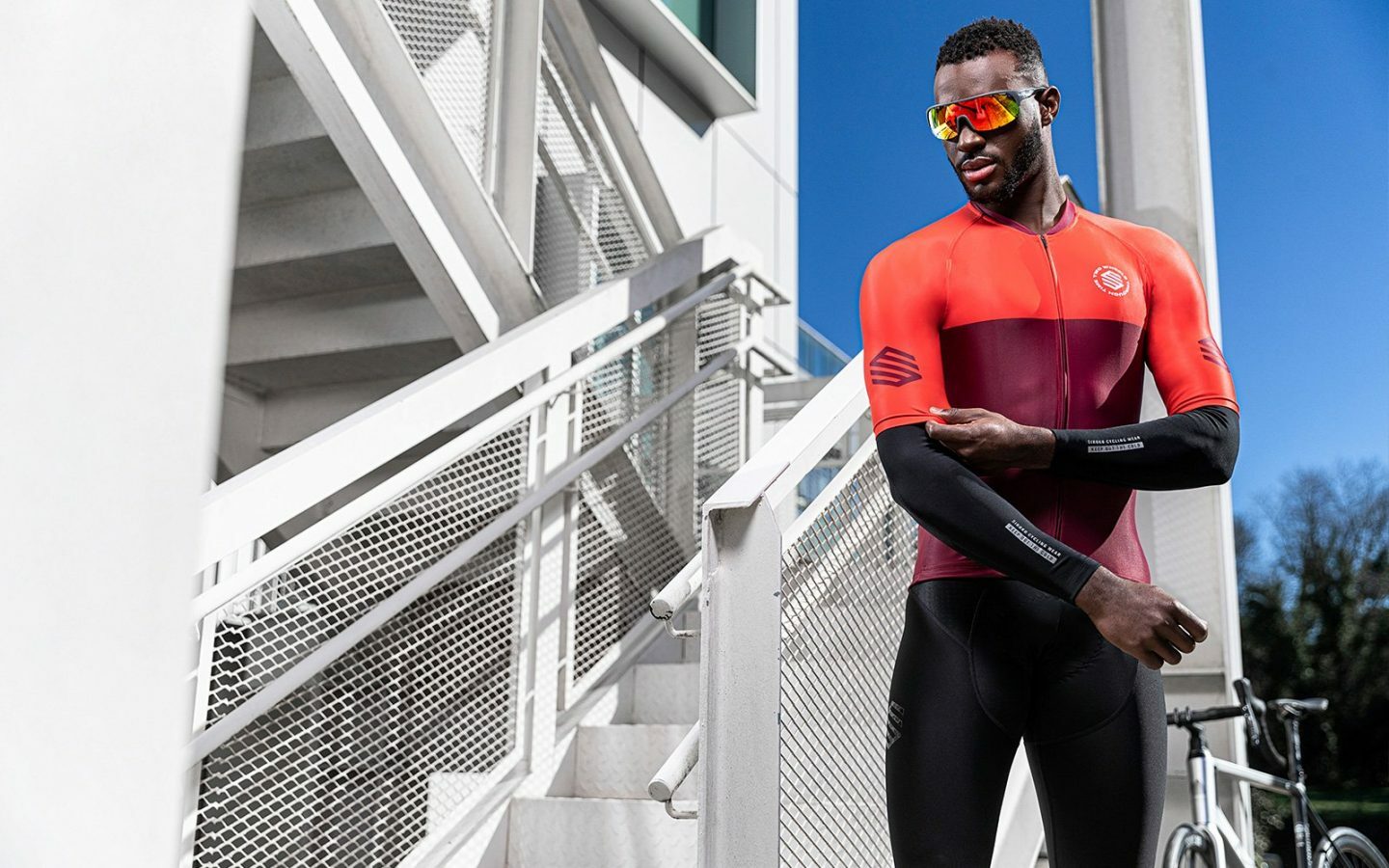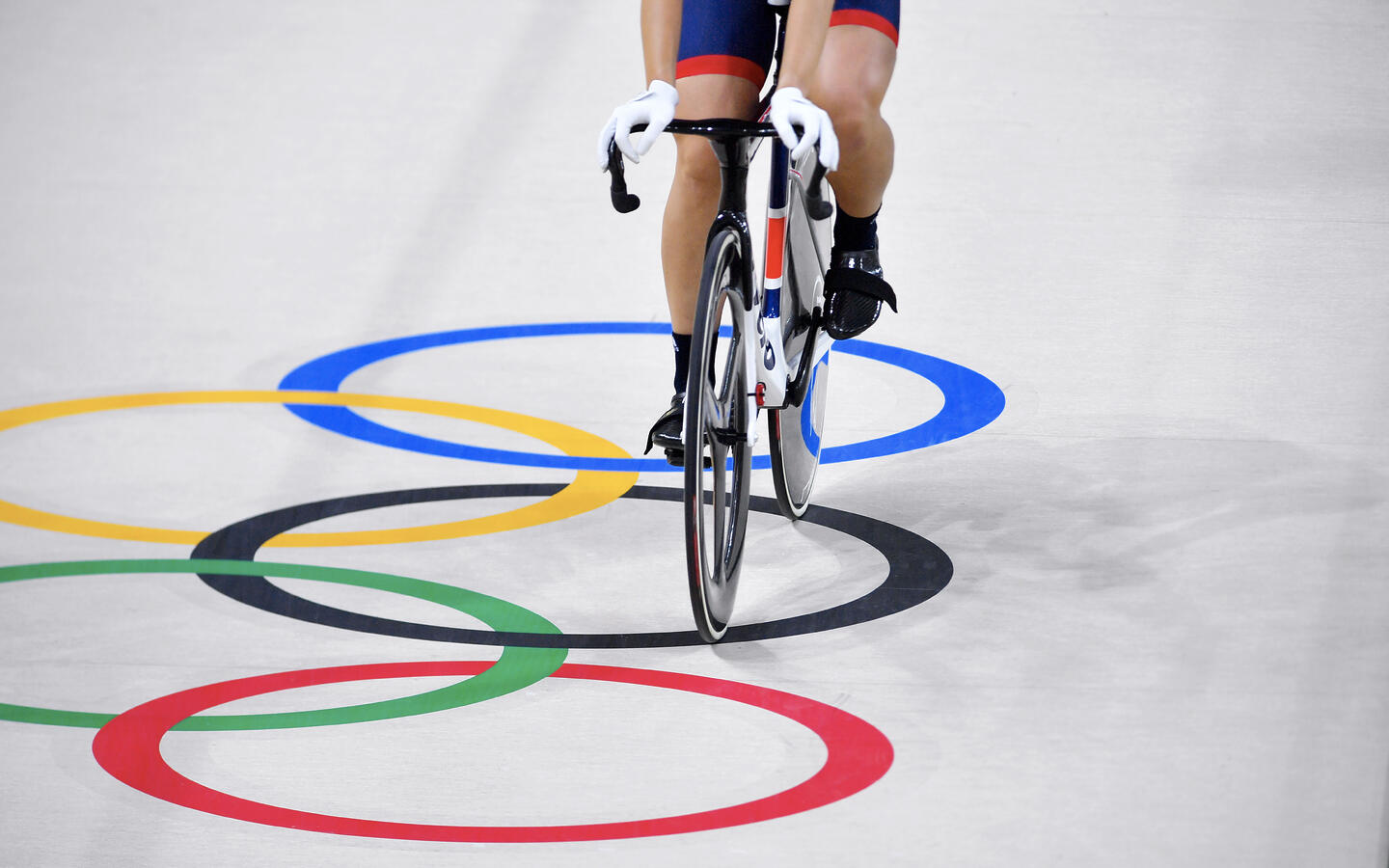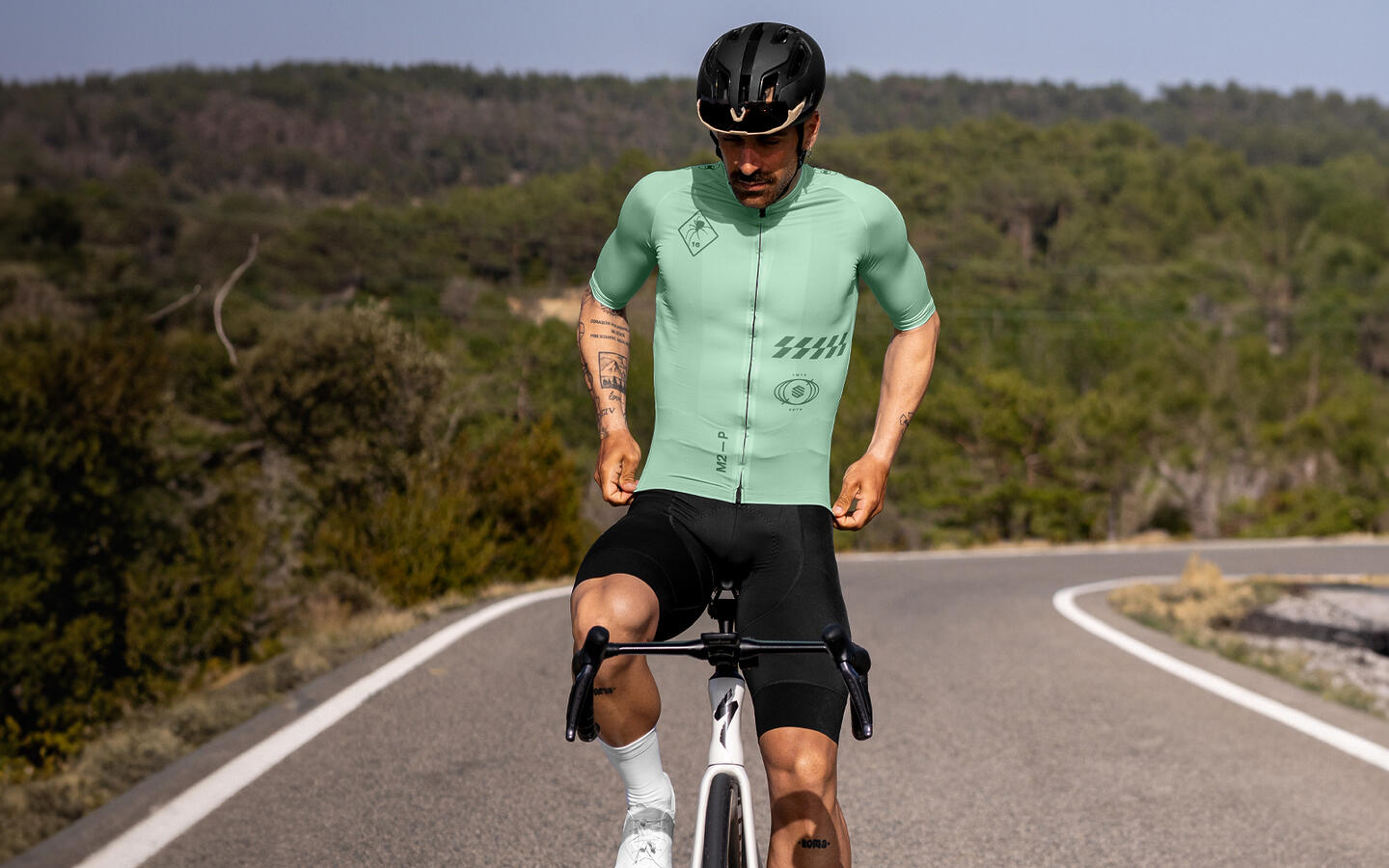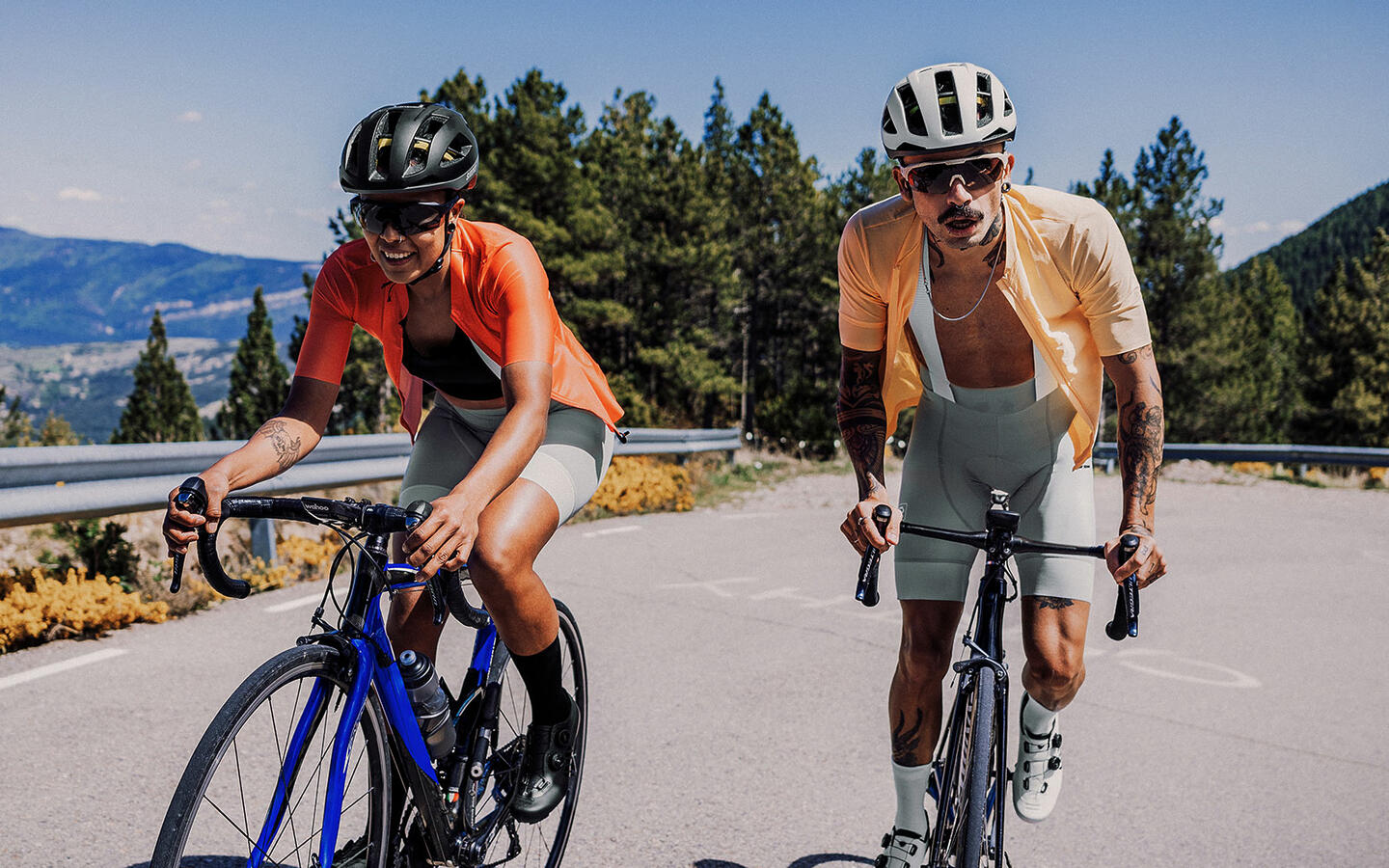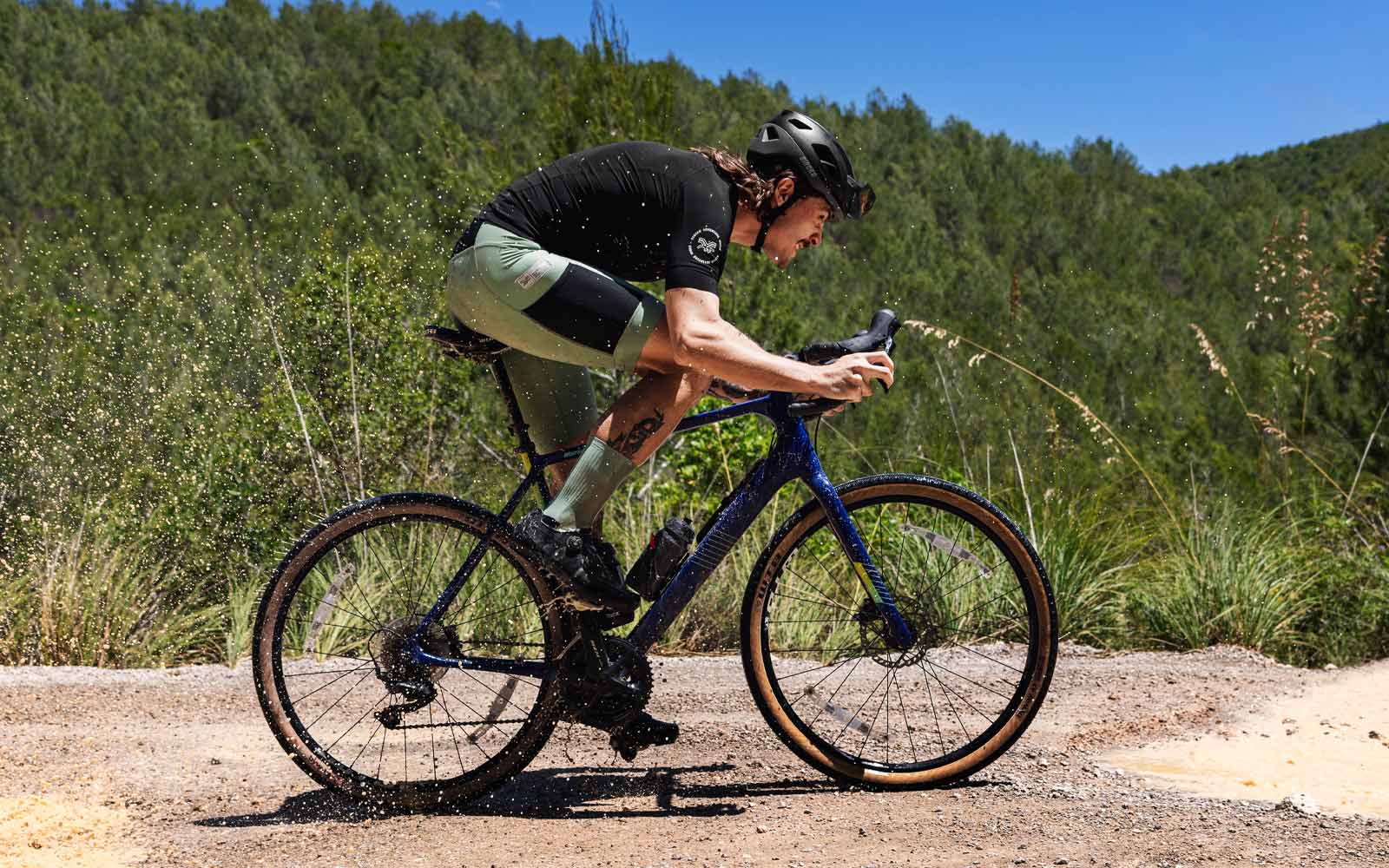Spring in cycling means The Spring Classics, prestigious one-day races such as the 5 monuments. Four of them are held in spring: Milan-San Remo, De Ronde van Vlaanderen, Paris-Roubaix and Liège-Bastogne-Liège. Among other spring classics there are: Ghent-Wevelgem, Amstel Gold Race or the Flèche Wallonne, and semi-classics such as Dwars door Vlaanderen, Scheldeprijs or Paris-Camembert.
Spring is a period of high-activity for professional cyclists, and for amateur and touring cyclists it means more hours of sunshine and better weather conditions to go out and spend time on the bike with more enthusiasm and passion after watching the classics. We can follow pro cyclists’ example and go out wearing short sleeve jerseys, but let’s face it: we are not professionals and we don’t have a team car giving us solid and liquid foods, or helping us to take off and put on layers on the way. As amateurs, we leave home with our own snacks, drinks and…what should we wear to face the changeable spring weather? Doubts arise. In this Siroko blog post we’ll try to answer one of them: Long sleeve jersey or arm warmers with short sleeve jersey?
There is no single answer. It depends on four main factors:
- How sensitive to temperatures you are.
- The kind of cyclist you are and your riding style (touring, fast paced, racing…).
- The climate in your area.
- The weather forecast for the day.
These four characteristics together can lead to one specific solution or a combination of two. You can choose to wear a short sleeve jersey with arm warmers and a long sleeve jersey over it. As we’ve already explained, cycling garments are very versatile and practical, letting us peel layers like onions to find the answer that best suits us.
How sensitive to temperatures are you?
If you get hot even in winter, then it’s clear: a short sleeve jersey with arm warmers is the way to go. With a short sleeve merino wool thermal base layer you can easily face a cold morning. If you are cold even in summer, better choose a long sleeve jersey on top of a merino wool thermal base layer (short- or long-sleeved). Whether you are heat- or cold-sensitive, a windproof vest in your pocket is a must in spring.
If your case is neither hot nor cold, you can switch between the two previous solutions or resort to the option that combines both. Short sleeve merino thermal base layer, short sleeve jersey, arm warmers, long sleeve jersey and vest. This would give you three layers to take off or put on as needed.
The kind of cyclist you are and your riding style
A cyclist whose rides are fast and intense, and who does not tend to get cold will choose a short sleeve jersey with arm warmers and a short sleeve thermal base layer. A windproof vest will help you warm up at the beginning and will keep you warm during descents or breaks.
A touring cyclist who likes to enjoy the route and the scenery at a gentle and moderate pace, will opt for a long sleeve jersey. Underneath, they can choose between a long sleeve thermal base layer or a short sleeve jersey plus arm warmers.
The same cyclist may need different clothing depending on the pace of the ride. Riding with your family or friends in the spring is not the same as riding alone. At a gentle pace, if you are the strongest cyclist in the group, you might want to keep a little warmer and put on a long sleeve jersey. As you will be riding slower than usual, your body will not generate as much heat. On the other hand, if you are not in shape and have just started cycling, your body will be working harder so choose the short sleeve jersey plus arm warmers.
When we go out on our own and at our own pace, our body will generate heat according to how hot or cold we usually get and according to the climate and weather conditions of the area and the day respectively.
Spring weather is not the same everywhere
Spring typically brings a gradual increase in temperatures and more hours of sunshine. In temperate and warm climates, the longer days are more noticeable than the increase in temperature compared to winter. However, in other climates, it does begin to feel warmer, especially in the middle of the day. Each territory has its own particular spring climate and, as if the existing diversity were not enough, climate change is affecting many areas in different ways, causing heat or cold waves more typical of summer or winter, respectively.
It is difficult to give universal advice because spring weather is different in each area. Local cyclists know what the spring temperature range in their area is, so our recommendation is to ask around and get advice from the local cycling community.
Another thing we can tell you is that at temperatures below 10°C, don’t even consider a short sleeve jersey. Choose a long sleeve jersey instead, but only if you don’t tend to get cold and you like fast and intense rides – otherwise you should put on a jacket as well. From 10ºC and above you can start considering short sleeve options. At temperatures above 15ºC you’ll be too hot in a long sleeve jersey. But again, every person, every cyclist and every climate is totally different.
Look at the weather forecast
Weather changes from one day to another, or even throughout the same day, are more important for cyclists than the gradual increase in temperatures and hours of sunshine that we talked about earlier. That is why it is essential to check the weather forecast for the area where we will be cycling, since spring and autumn are seasons with very unpredictable weather conditions.
In terms of wardrobe, these seasons are the most challenging as they require versatile, adaptable garments, easy to put on or take off and store in your pocket. Combining cycling vests and arm warmers with short or long sleeve jerseys and playing with different thermal base layers gives you a wide range of options to deal with weather changes between days or on the same spring day.
Some rules are clear: if it rains, a waterproof garment is a must; if it rains and it’s cold, put on a long sleeve thermal base layer and a long sleeve jersey; if it rains but it’s warm, use a short sleeve thermal base layer, short sleeve jersey and arm warmers. If it’s not raining, everything depends on the combination of the three factors mentioned above and the weather. In spring, the key is to find what works best for you and what lets you enjoy this wonderful season full of classics and passion for cycling.
